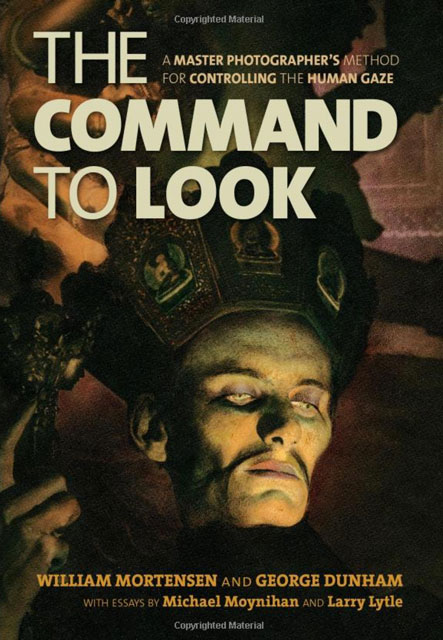Today’s Post by Joe Farace
Throughout the history of photography, there have been many articles and books written about the rules of composition.
 There’s the famous rule of thirds that divides an image into three slices dictating specific intersection points within the frame where subjects should be placed for maximum impact. Another rule states that your photographs should include leading lines to provide a path for the viewer’s eyes to follow through all of the various different elements within the frame. Speaking of which, my friend Rick Sammon suggests that The Name of the Game Is To Fill The Frame.
There’s the famous rule of thirds that divides an image into three slices dictating specific intersection points within the frame where subjects should be placed for maximum impact. Another rule states that your photographs should include leading lines to provide a path for the viewer’s eyes to follow through all of the various different elements within the frame. Speaking of which, my friend Rick Sammon suggests that The Name of the Game Is To Fill The Frame.
While there is an element of truth in all of these rules, whether they be leading lines, triangles or balance, using any kind of dogmatic approach to your photography may not always be the best solution, especially when you have to work fast.
My way of looking at composition is based on how the human eye sees and interprets a photograph: When looking at a picture, your eyes look at aspects of the image in the following order: sharpness, brightness and warmth. How you arrange elements within the frame that features featuring each of these characteristics affects how a viewer sees and understands your photographs, even in much the same was as a photograph with leading lines might accomplish a similar goal.
At its simplest level, if the subject of your photograph is the sharpest, brightest, warmest object in the frame, you’ve got a winner but if the subject is not sharp—tilt! The same thing happens when a sharp, bright object is placed near a similarly, sharp bright but warmer toned object; you’re eyes are going to gravitate to the warmest object, whether it’s sharp or not. So waddaya do? Change the framing of the image to eliminate the warm object or use depth-of-field to make it a lot less sharp. You get the picture…
How I made this shot: I photographed this flower (sorry, I didn’t get the species name) in Mexico at the Jardin Botanico de Acapulco using a Canon EOS !D Mark IIN and EF 70-300mm f/4-5.6 IS USM lens (at 300mm) with an exposure of 1/200 sec at f/5.6 and ISO 250 with a plus two-thirds stop exposure compensati on.
on.
For a unique way of approaching photographic composition, you might want to take a look at the recent reprint of William Mortensen’s classic 1937 book The Command to Look in which George Dunham is finally credited as co-author. For a look at the concept of Ghost Writers check out my Book Club post on this subject. You can also read my review of this classic book that was written before the Book Club began. Better yet click on the book’s title and order an affordable $20 copy or used paperback (starting around eleven bucks) from Amazon. The Kindle version is just $9.99 for those preferring a digital format. While this book is not an easy read, there is a good chance that it could change your photography forever…or maybe not. It’s up to you.